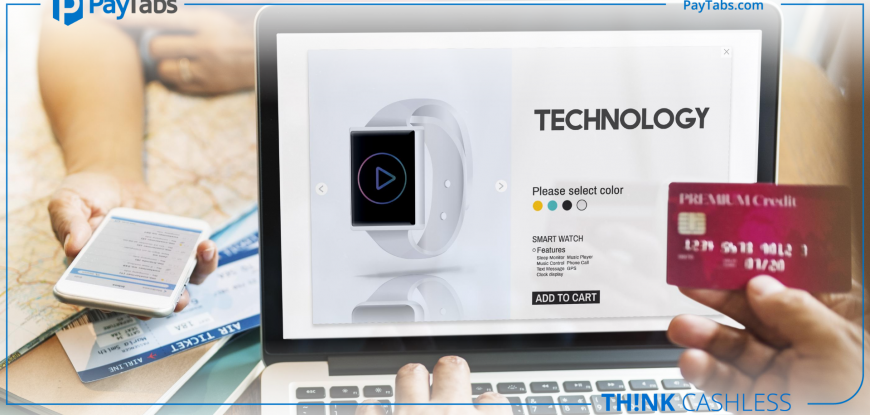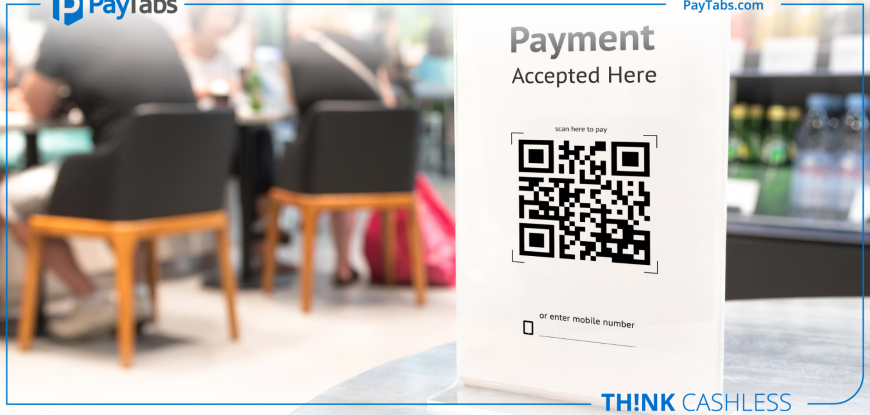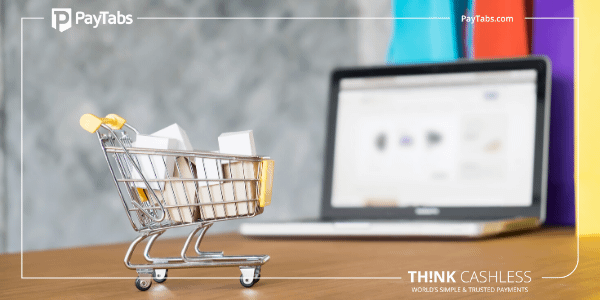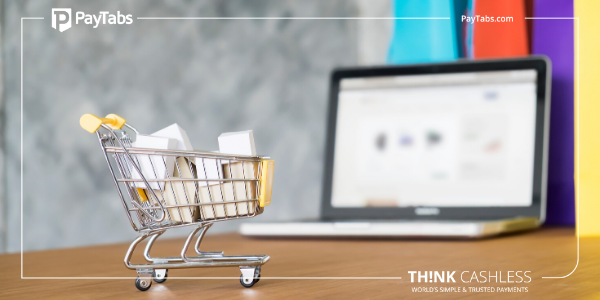The Importance of Packaging in eCommerce
Packaging is an often neglected but still one of most important parts of a business operation. The importance of packaging is even more crucial in the case of E-commerce as products spend a long time in transit, going through difficult situations. Packaging also has ecological side to it as wasteful packaging is said to have immense negative impact on the environment. Further, it is also important to control the costs associated with packaging. Here are some of the ways E-commerce businesses can enhance the value added by the packaging.
Importance of Packaging:
Packaging is much more than just wrapping the goods and sending them to customers. You can create your own brand identity through packaging. You can opt for custom packaging where you can create packages in different shapes and sizes and personalize them to reflect the core values of your business. Further, packaging may also be customized according to the customer base of your business. Either way, you can ensure that your packaging strategy does a lot more than just protecting and transporting goods. While the main purpose of packaging is to safeguard the goods, it may very well be used for branding purpose. Due to these reasons, packaging is an important concept which requires thoughtful consideration on the part of businesses.
Optimize the Costs:
There are several types of costs associated with packaging. Some of the direct costs are in the form of money spent on buying boxes, wrapping papers and wages paid to packing workers while indirect costs are incurred in the form of spoilage and wastage. It is important that both these costs are optimized so that the bottom line of the business is enhanced. With proper packaging, you can ensure that the product reaches their destination in the best possible condition, thereby reducing the chances of return. This can help you minimize associated postage costs and loss of reputation. You should also try to incorporate innovative techniques such as the use of eco friendly packaging material. Further, the costs may also be optimized by reducing the packaging material used, without compromising the safety of the goods and customers.
Build Strong Rapport with Customers:
Packaging may be used for creating a better bond with your clients. The packaging of a product is the first instance of a customer’s interaction with your brand. Since first impression counts, it is important that you create a positive brand image in the eyes of your clients. The packaging should be secure but still should be easy to remove, without causing any undue hassle to the customers. Also your clients should be able to unpack the goods without leading to any damage to the goods. If a product is well packaged and is convenient to handle, then your customers will likely have better opinion of your business.
Promote Brand Value and Loyalty:
The value of packaging goes beyond protecting the goods. You can create brand value by paying attention to the way you package your product. You can create further value by customizing the packaging to meet the requirements of particular products. For example, if you deal with edibles and food products, you may have to opt for temperature controlled packaging so as to ensure the safe and secure arrival of your products. You can emblazon your brand name on the packaging to make a lasting impression on your customers. Another good practice is to add essential information pertaining to the product on the packaging itself.
Bring Innovation:
While it is important to create brand loyalty and brand image through the use of packaging, it is equally important to ensure that various costs associated with packaging are optimized. Apart from financial costs, the social cost of packaging also needs to be considered. It should be ensured that the packaging is able to keep the goods safe but should not be excessive at the same time. It is also important to put emphasis on recycling of packaging material. There is also increased focus on using eco friendly packaging material.
Packaging is generally overlooked as an important part of a marketing plan. This concept has strong potential to help a business achieve its revenue and profitability targets while delivering value to its customers.
Also Read: What are the key components of a custom payment gateway






